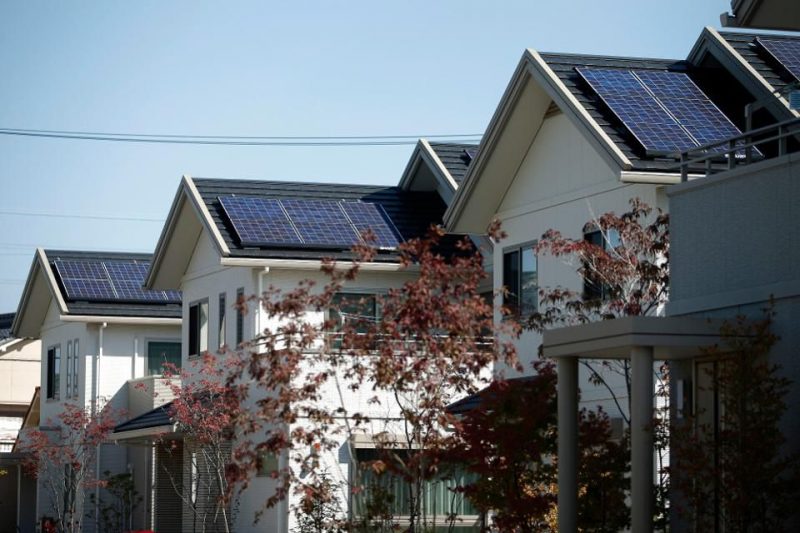Nationally, the average savings for homeowners with solar panels providing power is $1,075 annually. That can offset 67% of the homes’ electric bills, according to a new analysis of solar-powered home data from 1,800 homes nationwide conducted by Sense, a home energy firm.
But how much homeowners actually see in savings largely depends on where they live.
Sunny areas of the U.S. stand to benefit, as expected. For example, homeowners in Utah and California tend to gain the most from their solar investment, the study finds. Utah residents are able to offset 84% of their utility bill with solar power, while California residents offset nearly 75% of their bill.
But homeowners in Northeast also tend to see big gain, the study found. The following Northeast states found some of the highest offsets to their utility bills: New Hampshire (76%); Vermont (70%); Massachusetts, New York, and Pennsylvania (67%). These Northeast states even beat out sunny Arizona, where owners were able to offset 66% of their average utility bill by using solar power.
“State regulations that impact the payback on solar energy by utilities are another big factor in calculating your pay-off,” Sense notes in its study. “Many states pay residents for the solar power they generate at the same rate as what they charge. This approach is called net metering. The rest of the states use a variety of pricing methods that effectively reduce the payback on solar for their customers.”
Homeowners considering solar will want to find out how much their utility will payback to them for the solar power they don’t use that ends up returning into the grid. In states with net metering, residents won’t need to worry as much about timing their usable. But states without net metering, residents will receive a lower payback on their solar power from their utilities and researchers say those homeowners likely will want to explore ways to change their electricity use to peak solar production teams.
Researchers found that most homeowners use less than half of their solar power directly and then feed it back to the grid or invest in battery storage to use it later.
“Homes that use most of their energy during peak solar hours can maximize their solar investment,” the researchers note.
Source: Sense













